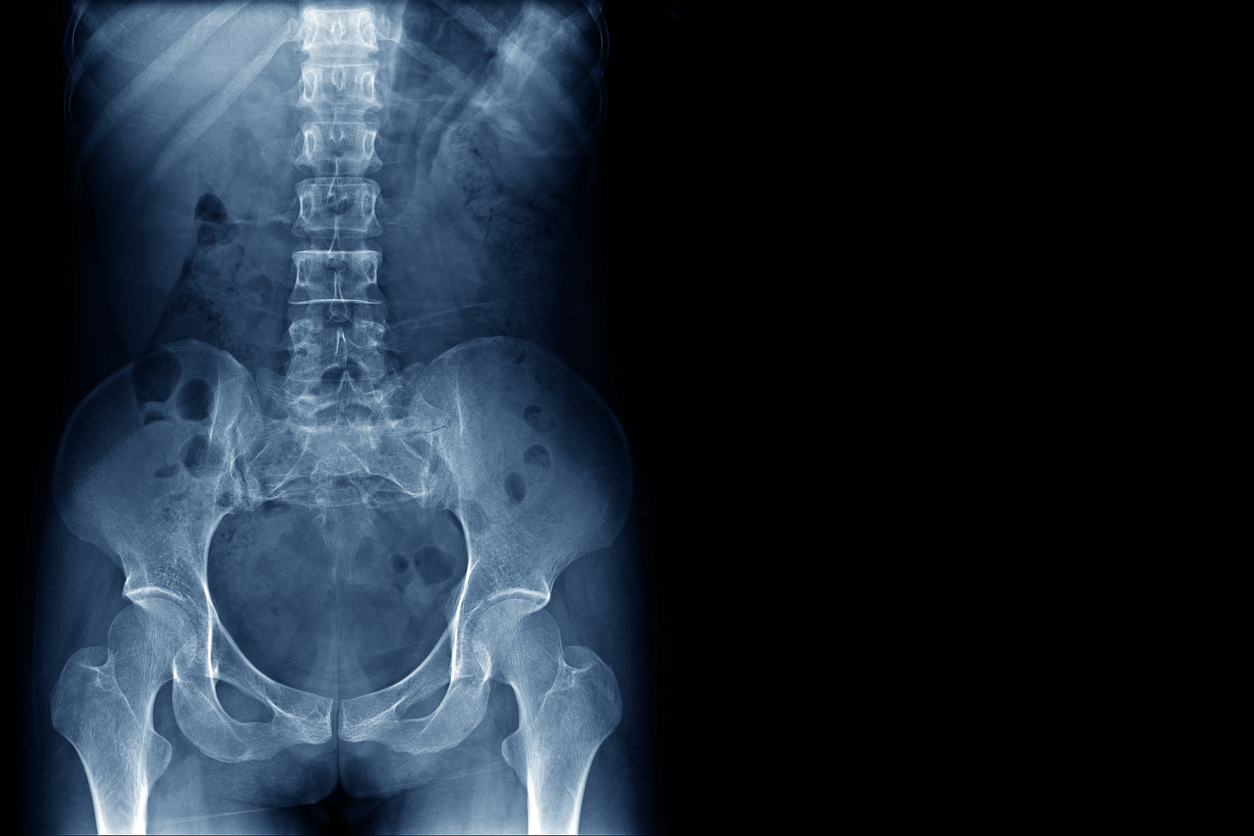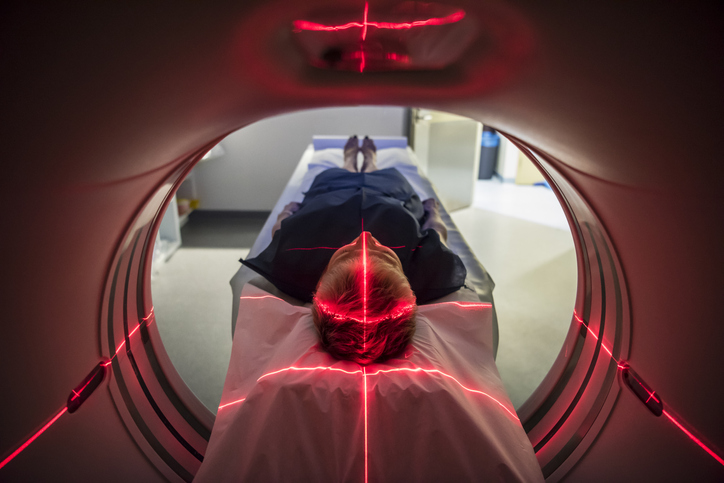Treatments
What Is Balloon Kyphoplasty?

Balloon kyphoplasty is a technique used to treat compression fractures. It corrects bone deformities in order to relieve pain. Treatment with balloon kyphoplasty has been shown to decrease pain, increase quality of life, improve mobility, restore height, and reduce the use of pain medications. Balloon kyphoplasty is a safe and effective treatment for compression fractures.
How is balloon kyphoplasty performed?
Balloon kyphoplasty is typically performed by either a neurosurgeon or an orthopedic surgeon. Local or general anesthesia is provided for maximum comfort. While lying face down, the area of the back is thoroughly cleansed prior to a numbing medication being injected. Real-time X-ray imaging is used to guide the surgeon during the procedure.
A tube with a balloon attached to the end is inserted through a small incision in the back. Once in the proper location, the balloon is inflated in order to separate the area of spinal compression. The balloon is then removed and a specialized bone cement mixture is placed into the area. The cement hardens in approximately ten minutes. This procedure usually takes one hour to complete. The individual is normally released on the same day; however, an overnight stay can be recommended.
Kyphoplasty vs. vertebroplasty
Vertebroplasty is also a surgical procedure used to correct compression fractures. Vertebroplasty only involves placement of the cement: it does not use a balloon. The balloon not only ensures the vertebra height is correct to obtain maximum pain relief, but also creates a pocket for the cement.
Recovery
Soreness may occur in the back at the incision site following the procedure. The probability of walking an hour or so after the procedure is high. Many individuals feel immediate pain relief. The health care professional should discuss proper aftercare when the procedure is completed.
Vitamins, minerals and medications are often prescribed to strengthen bones and prevent future bone loss. Individuals should follow the care plan, all instructions given, and attend follow-up appointments.
Risks
As with any medical procedure, certain risks are possible. Consult a health care professional concerning the risks and benefits of balloon kyphoplasty. The risks associated with balloon kyphoplasty include, but are not limited to, the following:
- Allergic reactions
- Bleeding
- Cement leakage
- Infection
- Increased pain
- Weakness
















